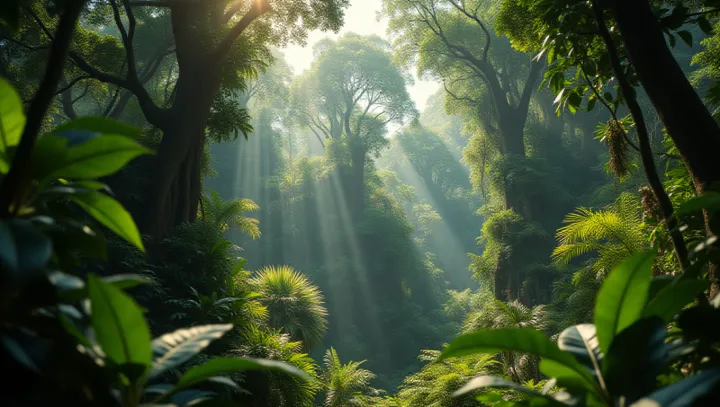Is the Amazon Really Earth's Lungs?

The Amazon rainforest, spanning across nine countries in South America, is often dubbed the 'lungs of the Earth'. This verdant expanse is said to generate 20% of the world's oxygen, a statistic that has been widely cited in environmental discussions. However, recent scientific debates question the accuracy of this figure.
While it's true that the Amazonian flora absorbs vast amounts of carbon dioxide and releases oxygen through photosynthesis, Dr. Maria Silva of the Amazon Research Institute points out that the forest itself consumes almost the same amount of oxygen through respiration and decay processes. The ecological value of the Amazon extends beyond oxygen production.
It serves as a vital habitat for countless species, influences local and global weather patterns, and holds significant carbon stores that, if released, could exacerbate climate change. Deforestation presents an existential threat to this irreplaceable ecosystem. In recent years, satellite data has shown an alarming increase in land cleared for agriculture, mining, and logging.
Environmentalists urge for immediate actions to protect this indispensable resource, emphasizing the broader implications of its destruction. Experts like Dr. Silva assert that preserving the Amazon is crucial not only for its perceived role in oxygen production but for maintaining the planet's biodiversity and climate stability.
The future of this complex ecosystem depends on global efforts to curb deforestation and promote sustainable practices.
